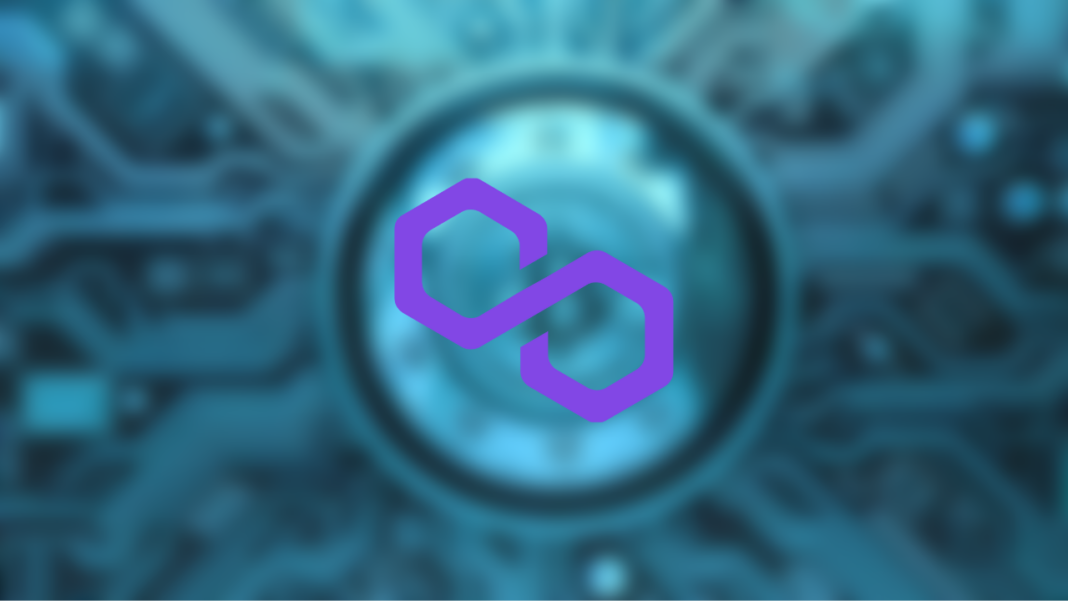Formerly known as MATIC, Polygon Network is one of the more popular Ethereum-based sidechains, that allows increasing the scalability of Ethereum without its inherent issues such as congestion. It’s no secret that the Ethereum network has suffered from congestion for a long time. Moreover, after the growth of DeFi and the introduction of NFTs, things have gone from bad to worse.
With sidechains, users can avoid the bottlenecks that the mainchain experience without compromising on its feature set. More than that, secondary chains are generally cheaper than the main chain as in the case of Polygon which charges less than $0.01 for each transaction. But Polygon is not limited to it. In fact, Polygon aims to become the next iteration of Ethereum or also known as Ethereum 2.0. However, we cannot talk about Polygon without mentioning its native token: $MATIC.
$MATIC allows the team to secure the system and enable a governance system on the platform. Through the latter, holders of the token can vote on which features the team should bring on the platform. Moreover, a governance system allows the token holders to have a say in the platform’s future.
There is a fixed supply of MATIC tokens and as of now, there are about 10 billion MATIC coins in circulation.
With MATIC, the team can manage the development of the network by imposing transactional fees. On the other hand, users can earn $MATIC by validating transactions and executing smart contracts on the network. For that, the users have to provide computational resources and services to the Polygon network.
Related Stories:

